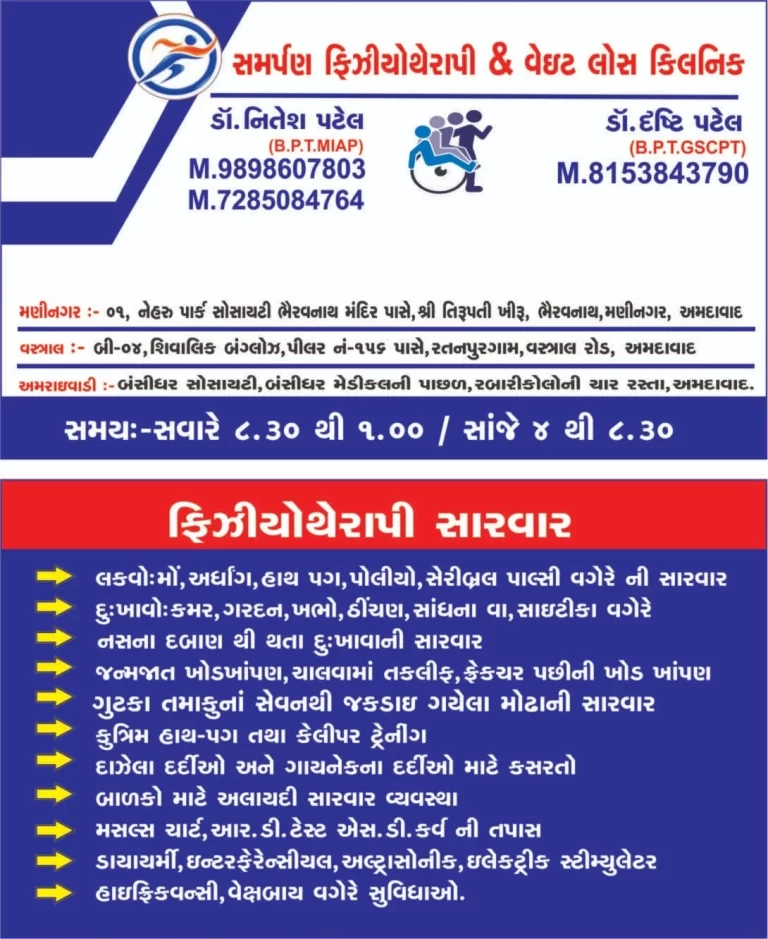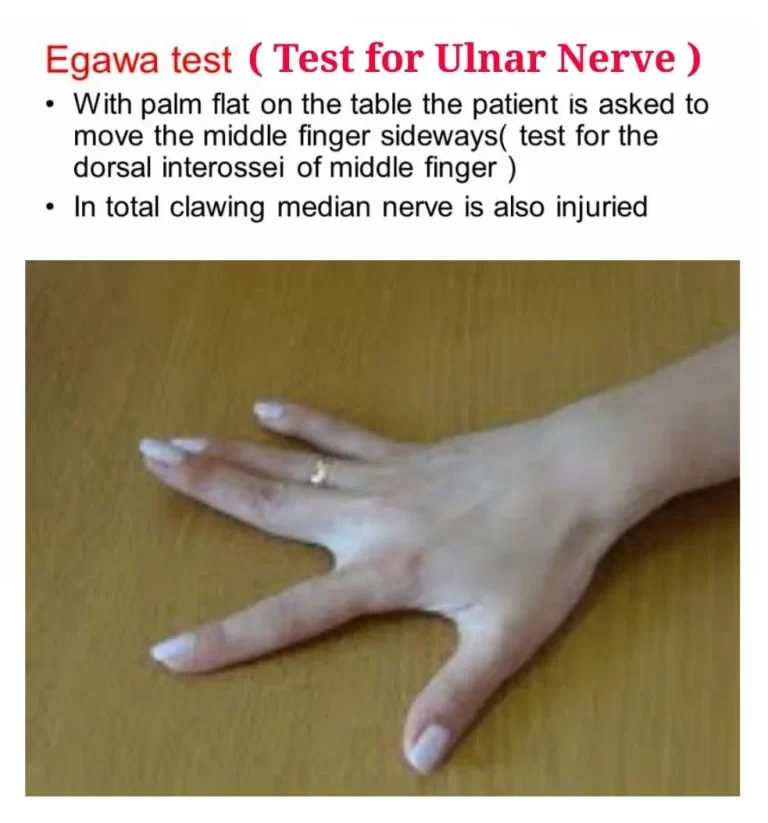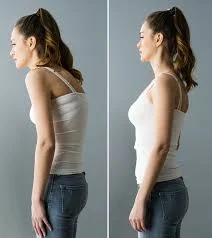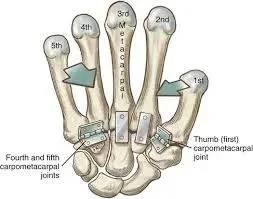21 Best Exercises for Pulled Hamstring
Introduction A pulled hamstring, or hamstring strain, can be a common injury that occurs when the muscles at the back of the thigh are stretched beyond their limits. Recovering from a pulled hamstring requires a careful balance of rest and targeted exercises to strengthen and rehabilitate the affected muscles. In this guide, we will explore…









